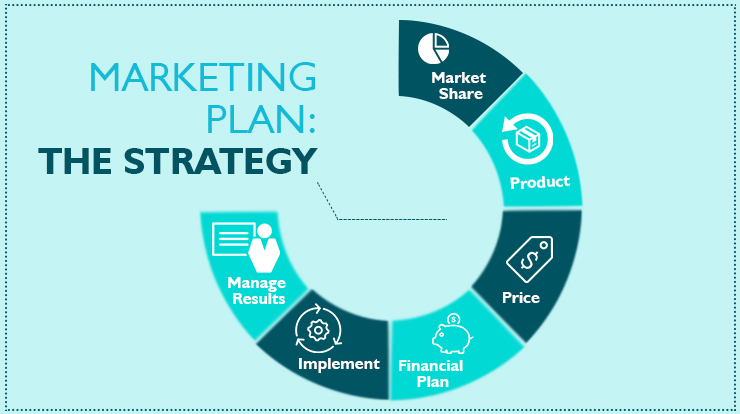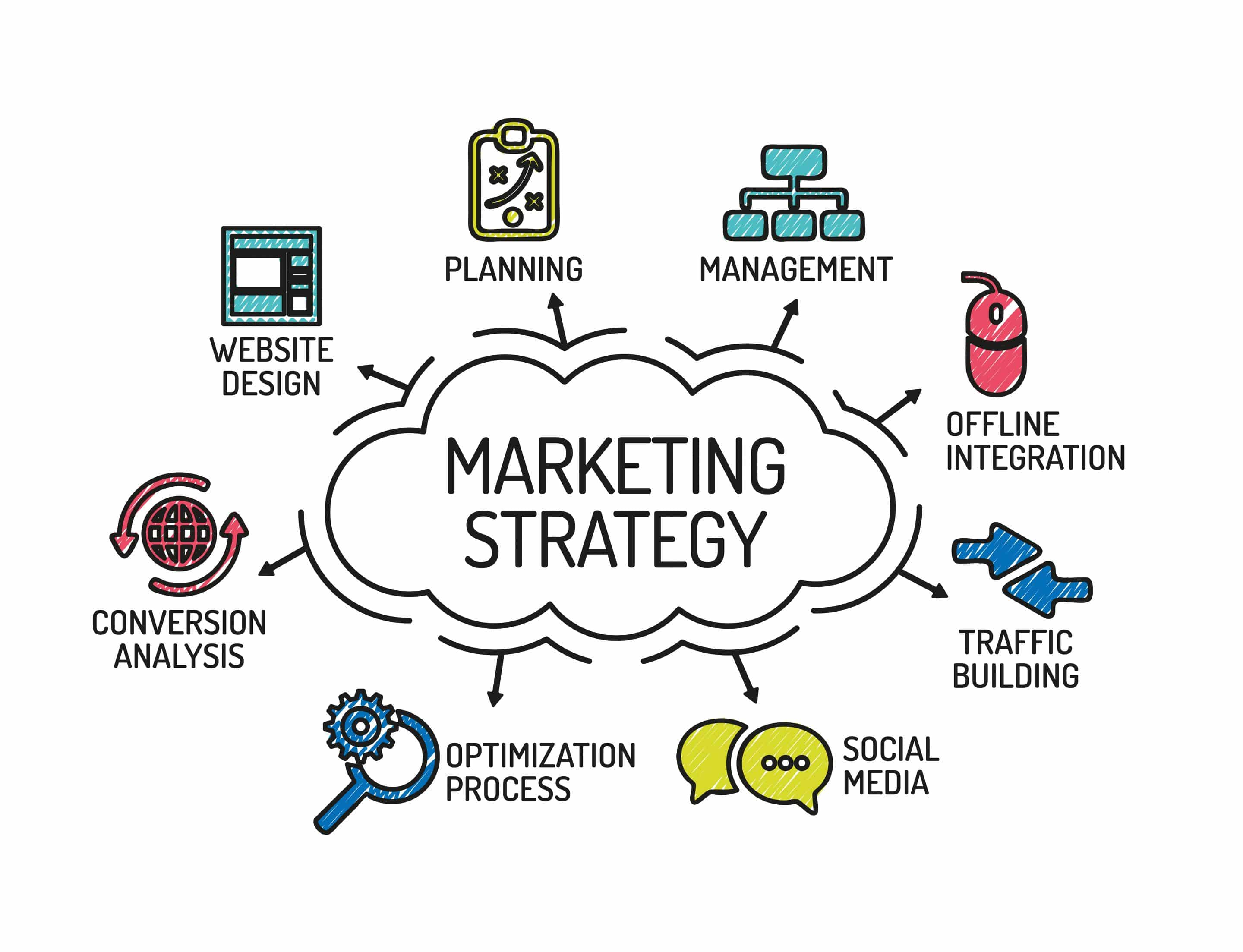Best Tips for Creating a Business Marketing Plan

In the dynamic world of business, having a solid marketing plan is like having a compass in the wilderness. It guides you through the complexities of the market, helping you reach your target audience effectively. But where do you start? How do you craft a marketing strategy that drives business growth? Let's dive into the best tips for creating a business marketing plan that will set your business on the path to success.
Understanding the Importance of a Marketing Plan
A well-crafted marketing plan is the backbone of any successful business. It outlines your marketing strategy, target audience, and the specific actions you'll take to achieve your goals. Without a plan, your marketing efforts can feel like shooting arrows in the dark—you might hit the target, but it's more likely you'll miss.
Step 1: Define Your Target Audience
Before you can create an effective marketing campaign, you need to know who you're targeting. Understanding your target audience is crucial for tailoring your messages and choosing the right channels. Ask yourself: Who are they? What are their needs and preferences? Where do they hang out online?
For example, if you're selling organic baby food, your target audience might be health-conscious parents with young children. Knowing this, you can focus your marketing efforts on platforms where these parents are likely to be, such as parenting blogs, social media groups, and health-focused websites.
Step 2: Set Clear Marketing Goals
Setting clear, measurable goals is essential for plan development. What do you want to achieve with your marketing efforts? Increased brand awareness? More sales? Higher customer engagement? Be specific. Use the SMART framework: Specific, Measurable, Achievable, Relevant, and Time-bound.
For instance, instead of saying "increase sales," you might say "increase online sales by 20% within the next quarter." This gives you a clear target to work towards and a way to measure your success.
Step 3: Develop Your Unique Selling Proposition (USP)
Your USP is what sets your business apart from the competition. It's the reason why customers should choose you over others. Identifying and communicating your USP is key to attracting and retaining customers.
Think about what makes your product or service unique. Is it the quality? The price? The customer service? Whatever it is, make sure it's clear in your marketing messages.
Step 4: Choose the Right Marketing Channels
With so many marketing channels available, it can be overwhelming to choose the right ones. The key is to focus on where your target audience is most active. Are they on social media? Do they read blogs? Do they prefer email newsletters?

For example, if your target audience is young adults, social media platforms like Instagram and TikTok might be your best bet. If you're targeting professionals, LinkedIn and email marketing could be more effective.
Step 5: Create a Content Marketing Strategy
Content marketing is about creating and sharing valuable, relevant, and consistent content to attract and retain a clearly defined audience. This could include blog posts, videos, infographics, podcasts, and more.
The goal is to provide value to your audience, building trust and establishing your brand as a thought leader in your industry. For instance, if you're a fitness brand, you might create blog posts about workout tips, share workout videos on YouTube, and post motivational quotes on Instagram.
Step 6: Plan Your Marketing Campaigns
Once you have your goals, USP, and channels in place, it's time to plan your marketing campaigns. This involves creating a timeline of activities, allocating resources, and setting budgets.
For example, you might plan a social media campaign to launch a new product, a blog series to educate your audience, and an email marketing campaign to nurture leads. Each campaign should have its own goals and metrics for success.
Step 7: Measure and Analyze Your Results
Marketing is an ongoing process, and it's important to regularly measure and analyze your results. Use tools like Google Analytics, social media insights, and email marketing reports to track your performance.
Look at metrics like website traffic, engagement rates, conversion rates, and return on investment (ROI). Use this data to adjust your strategies and improve your future marketing efforts.
Step 8: Stay Flexible and Adaptable
The business world is constantly changing, and your marketing plan should be flexible enough to adapt to these changes. Be open to new ideas, technologies, and trends. Regularly review and update your plan to ensure it remains relevant and effective.
For example, if a new social media platform gains popularity, consider how you can incorporate it into your marketing strategy. If a particular campaign isn't performing well, don't be afraid to pivot and try something new.
Conclusion
Creating a business marketing plan is a strategic process that requires careful planning, execution, and analysis. By defining your target audience, setting clear goals, developing your USP, choosing the right channels, creating a content strategy, planning your campaigns, measuring your results, and staying flexible, you can create a marketing plan that drives business growth.
Remember, marketing is not a one-size-fits-all approach. What works for one business might not work for another. The key is to understand your unique business and audience, and to tailor your marketing efforts accordingly.
So, are you ready to take your business to the next level? Start by creating a comprehensive marketing plan today. Your business—and your customers—will thank you.
FAQs
What is the most important part of a marketing plan? The most important part of a marketing plan is understanding your target audience. Without this, your marketing efforts will lack direction and effectiveness.
How often should I update my marketing plan? It's a good idea to review and update your marketing plan at least once a year. However, you should also be flexible and willing to make changes as needed based on market trends, customer feedback, and performance data.
What are some common marketing channels? Common marketing channels include social media, email marketing, content marketing, SEO, PPC advertising, print advertising, and event marketing. The best channels for your business will depend on your target audience and marketing goals.
How do I measure the success of my marketing plan? You can measure the success of your marketing plan by tracking key performance indicators (KPIs) such as website traffic, engagement rates, conversion rates, and ROI. Use tools like Google Analytics, social media insights, and email marketing reports to collect and analyze this data.
What if my marketing plan isn't working? If your marketing plan isn't working, don't be afraid to make changes. Analyze what's not working and why, and then adjust your strategies accordingly. Sometimes, it takes trial and error to find the right approach.

By following these best tips for creating a business marketing plan, you'll be well on your way to achieving your business growth goals. Happy marketing!
0 Response to "Best Tips for Creating a Business Marketing Plan"
Post a Comment